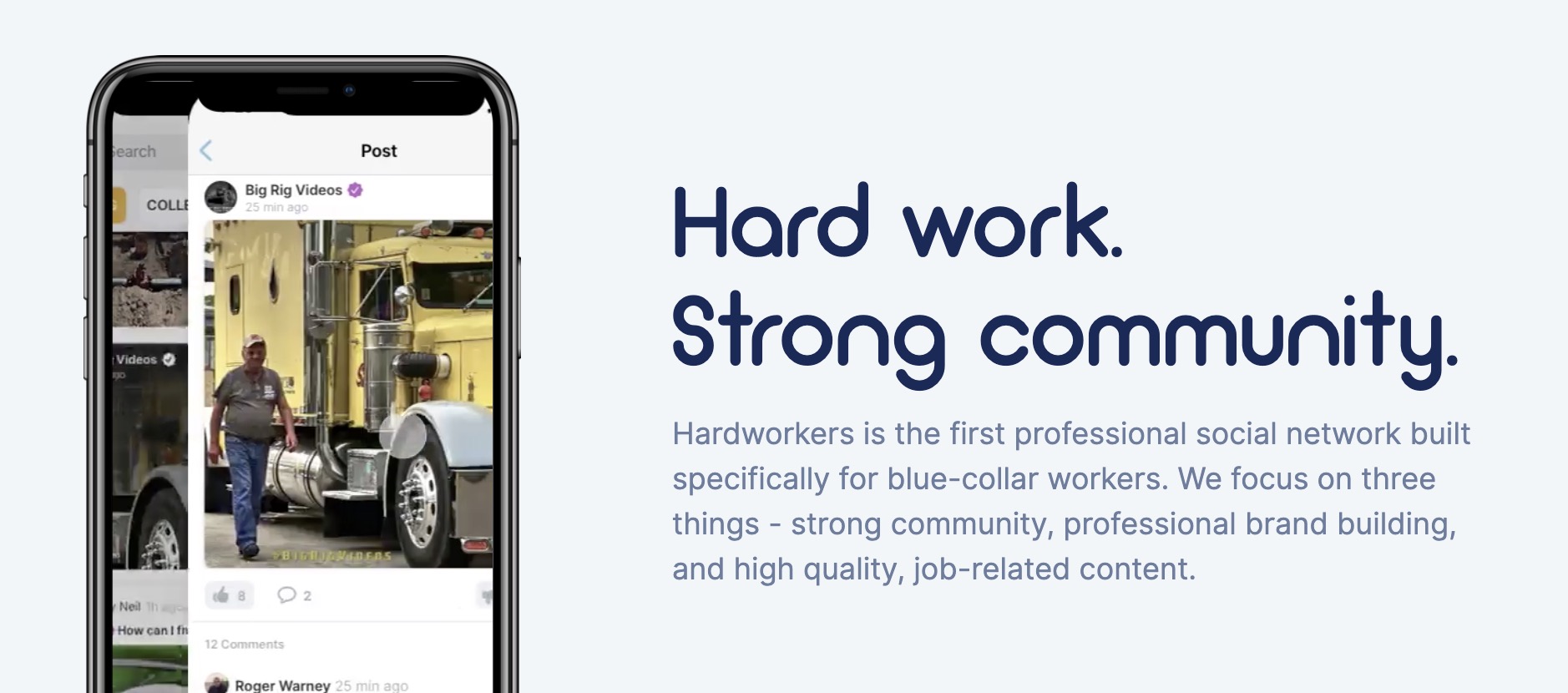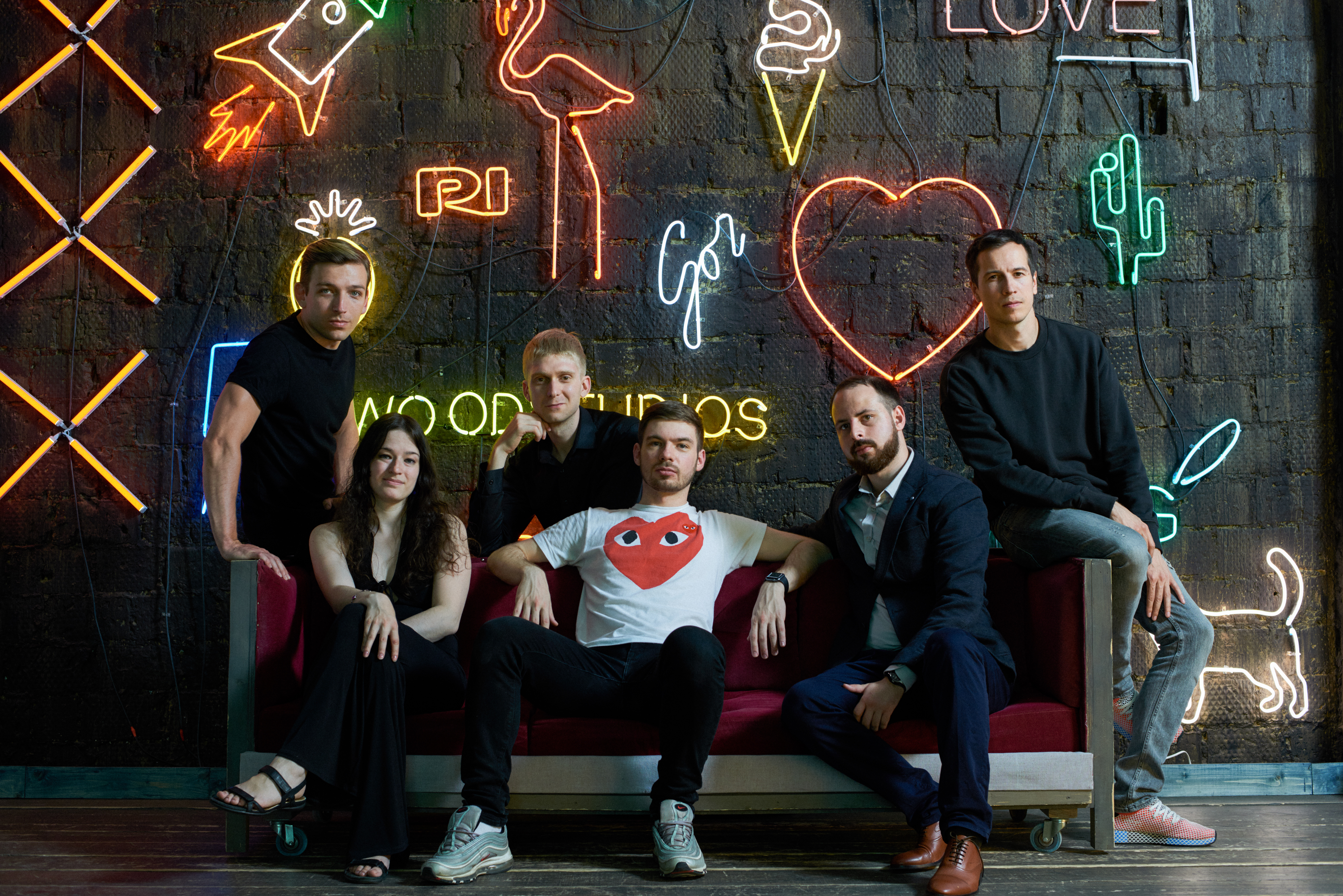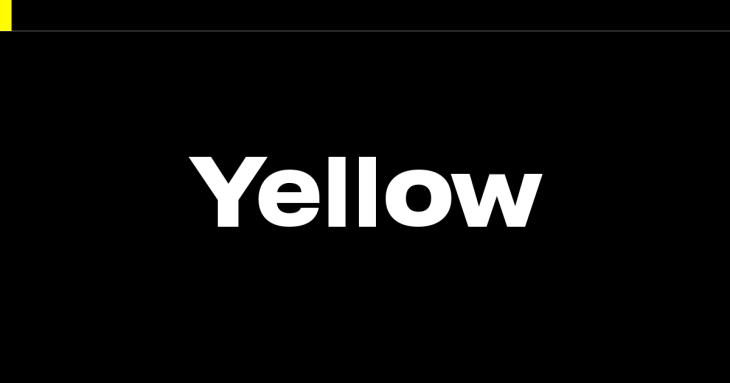This morning, Snap joined a host of startup accelerators shifting its demo day online amid the COVID-19 quarantine. With its third class of startups, Yellow, Snap’s in-house startup accelerator that launched in 2018, brought investors and founders together in private slack channels after a live-streamed presentation.
The event kicked off with a few words from CEO Evan Spiegel and soon transitioned into a succession of live-streamed pitches from the 10 startups in Yellow’s latest batch. The group occupies some familiar spaces for past investments, with a focus on niche social communities, mobile media tools and augmented reality.

Snap investment Hardworkers
The 10 startups in Yellow’s third batch include:
- Brightly: a media platform and community that promotes ethical and sustainable brands.
- Charli Cohen: a “next-gen” streetwear fashion brand.
- Hardworkers: a professional network for blue-collar workers.
- Mogul Millennial: a media startup sharing professional resources for Black entrepreneurs.
- Nuggetverse: a web comics media startup.
- SketchAR: an augmented reality drawing app with social tie-ins.
- Stipop: a rich cross-platform chat sticker API.
- TRASH: an app for quickly editing social video cuts using machine learning.
- Veam: a social network built around AirDrop.
- Wabisabi Design: an augmented reality game studio focused on bit-sized titles.
Yesterday, I got the opportunity to chat with Mike Su, who leads the Yellow program at Snap. Su said that shifting to a fully online program was a bit of a shock to the program, which was about one month in when COVID-19’s impact worsened stateside.
Yellow’s small batches are much easier to manage than other accelerator behemoths like Y Combinator that are pushing hundreds of startups through their network. Nevertheless, Su says it was an interesting adjustment shifting the accelerator program to a remote setting, though a later program start date gave them the advantage of seeing how others wrapped up their programs. “We tuned into a bunch of different digital demo days; one of our advantages was being able to learn from others,” he says.

Yellow investment SketchAR
While emerging during a possible recession is far from ideal launch timing, Su believes this class of startups are still in a good position. “When you look across a lot of the companies, actually their work becomes more essential than it ever was before,” Su tells TechCrunch, particularly highlighting the program’s investment in Hardworkers, which is building a professional network for blue-collar workers who have been particularly affected by the pandemic. Another investment from this batch, Mogul Millennial, is building a media brand around connecting Black professionals with professional resources.
“If you look up and down the class, all the founders aren’t just taking after an opportunity, but personally are on a mission to solve a particular problem,” Su says. “So I think that foundation made them more predisposed I guess, to be able to push through this kind of environment.”
While web comics brands and AR sketching might not immediately seem like huge problems during trying times like the COVID-19 pandemic, many of the startups in Yellow’s recent batch are working to solve problems that have proven to be key opportunities for Snap, which has been on a redemptive growth spree since early 2019, locking down young users and seeing its share price surge.
Snap invests $150,000 in each Yellow startup for an equity stake, and while the program does not require batch participants to integrate with Snap’s services, the company has used the program to invest in strategic areas that it has also pushed on the product side.
Earlier Yellow bets skewed more toward content investments as Snapchat was scaling Discover. Now Su says he’s fielding plenty of augmented reality pitches. Su also notes that the accelerator had its most international batch to date this year, with startups from Lithuania, Korea, Mexico and the U.K. making their way to Los Angeles.
“We always start with top-level strategy, with [CEO Evan Spiegel], figuring out overall direction of where we see the world evolving, where we think there are real opportunities and where we think we can make a difference in supporting these companies,” Su says. “And then once we’re aligned on the top-level strategy I think Evan puts a lot of trust in myself and my partner in crime Alex Levitt to find good companies that we’re excited about.”
